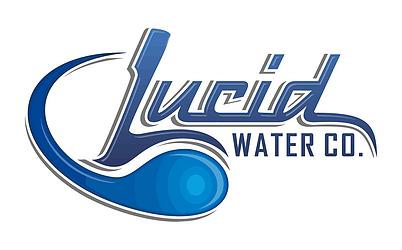The source of Metro Vancouver’s water.
Vancouver - Local water
The most important resource for all living things on earth is water. It is also essential for cleaning. Plants, animals, and humans need it for survival, while it is also essential cleaning, recreation, agriculture, and manufacturing.
The source of Vancouver’s water
The city of Vancouver, with its 2.5 million residents, receives water from the watershed areas north of the city. The three mountains that make up the watershed are Capilano, Seymour, and Coquitlam. They get 3.5 meters of rain and 4.5 meters of snowpack each year. The downhill flow of the lakes and streams is collected and stored in the reservoirs of Metro Vancouver.
Mostly replenished during the winter months, there is a high demand for water during the summer months that lowers the levels in the reservoirs.
Over one billion litres of water is distributed to the homes and businesses of residents in the Lower Mainland daily.
How the water is treated
In order to ensure that the water meets regulatory standards, it is treated in two stages. The first treatment is at the source and then it is given supplementary treatment as it travels through the system.
Initial treatment at the source
There are two world-class drinking water treatment facilities which Metro Vancouver owns and operates, namely Seymour-Capilano Filtration Plant and Coquitlam Water Treatment Plant. The water at both plants are treated according to the demands of the source water.
Filtration removes particles, organic matter, and micro-organisms. A combination of ozone and UV disinfection is then used in combination with light chlorination. Ozone and UV ensure that less chlorine is needed to treat the water.
The water in the area is naturally low in PH, alkalinity and mineral content and is deemed soft water. In order to adjust the PH level, calcium hydroxide (lime) or sodium carbonate is added. According to Metro Vancouver, these additives don’t impact the flavour or safety of the water.
Second treatment through the system
During this stage, ozone and UV light cannot be used to treat the water again. Since chlorine breaks down from the initial stage, as water moves through the system towards users it is once again treated with additional chlorine to ensure that it is disinfected from any potential bacterial growth.
Chlorine is chosen at this stage because it is the most effective way to ensure that the water maintains the standards required by Health Canada.
Interesting facts:
Chlorine odours are stronger in homes that are closer to chlorination stations.
The odour is stronger when the water is poured directly from the tap, but since chlorine is a gas it evaporates when exposed to air and the odour vanishes quickly once it’s poured into a glass or refrigerated.
Water in Vancouver is soft because it doesn’t move through rocks for extended periods of time.
Soft water means that less soap needs to be used for bathing and washing, therefore less Water is used and fewer chemicals go into the environment.
The water in the area has a natural level of less than 0.05mg/L fluoride, but Metro Vancouver does not add any to the water.
If you want a consistent supply of great tasting, cold and fresh drinking water then Lucid Water provides it for you without the added waste of single-use water bottles. Visit our website today at https://www.lucidwaterco.com/ or contact us at 604.510.0441 to find out how affordable it is.
Additional information:
http://www.metrovancouver.org/welovewater/Pages/default.aspx


